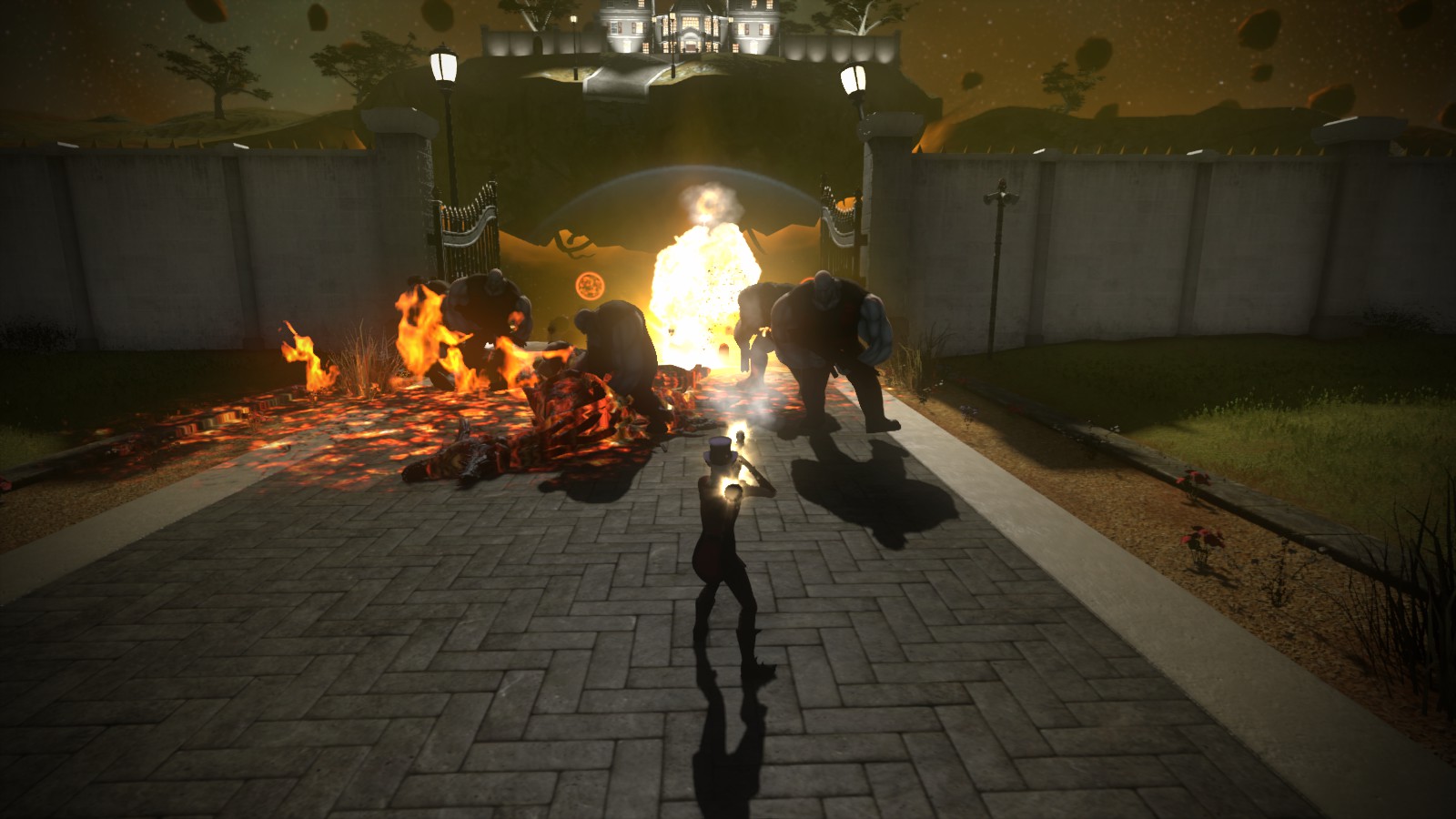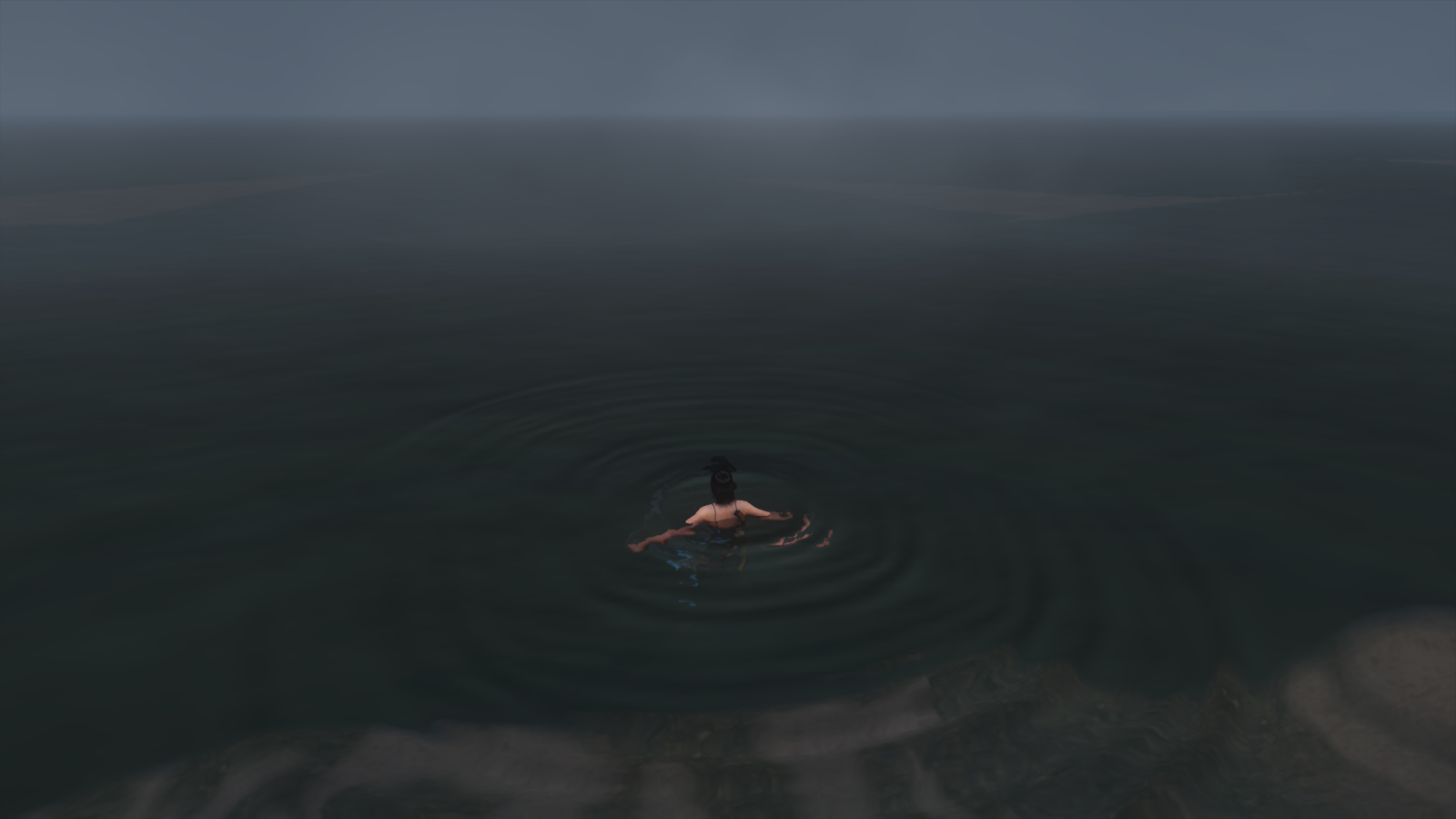
We’re back with part two of my long-overdue post-mortem of The Secret World, my favourite MMORPG of all time. In the first part I addressed the oft-hated combat, how the flaw was probably not the combat itself, and how I don’t think that’s what ultimately killed the game.
Today, I want to explore what I think really brought about The Secret World‘s early demise, and is often the case in life, the answer is simple, obvious in hindsight, and depressingly dull.
In hindsight, the story of The Secret World seems to be that of a game that had a bad launch and just never recovered. It was a slow but constant bleeding of staff and talent that saw increasingly fewer and farther between content updates until the well dried up completely.
The problems started even before launch. In a period brimming with major MMO releases, including Guild Wars 2 and TERA, TSW was under-marketed, leaving it forgotten by many. I was already writing about MMOs professionally back then, and I knew basically nothing of TSW until a few months before launch, when my editor at the time assigned me to cover it alongside other upcoming games. Even then, I paid it little mind, as I was totally caught up in the hype train for Guild Wars 2.
I wouldn’t end up buying into TSW until a few months after its launch, and then only after playing it in two different free trials and bouncing off GW2 earlier than anticipated.
I don’t think we can underestimate how much GW2 contributed to TSW‘s demise. It was massively hyped at launch (and remains fairly popular to this day), and it completely eclipsed TSW‘s release a month earlier. Not that ArenaNet did anything wrong — Funcom bears the blame for choosing such a poor launch timing.

There’s also the fact that TSW launched with a mandatory subscription fee at a time when that business model was in its death throes. Meanwhile the already more well-known GW2 was offering a more inviting buy-to-play model with no hint of a sub.
When you consider all that, it isn’t surprising that TSW underperformed at launch, which led to a downward spiral that almost killed Funcom entirely. The company suffered massive layoffs. The lead developer of TSW left to develop single-player games. The CEO resigned and was eventually charged with and convicted of insider trading.
And TSW just… never really recovered. A few months after launch (and mere weeks after I finally bought the game), it converted to a buy-to-play model, but at best that only slowed the bleeding.
In hindsight, the decline of the game was steady, consistent, and seemingly all but inevitable. Content updates were small in scale and often months apart, and that only became more true with time.
And let me be clear, the quality of those content patches was above reproach. I truly believe there has never been any MMO content as good before or since, and maybe there never will be. When you consider the behind-the-scenes chaos the company was experiencing, it feels nothing short of miraculous that it managed to produce DLC that good, and it’s a testament to the remarkable talent and tenacity of then-game director Joel Bylos and his team.
But still, the post-launch updates weren’t the kind of big, splashy expansions that grab headlines, and the long content droughts surely caused further player bleed.

The AEGIS system introduced in Tokyo — the game’s only post-launch zone — gets a lot of hate, but I have trouble believing it significantly harmed the game’s fortunes in the long run. Yes, it was a pretty horrid grind as first introduced, but that state of affairs didn’t last long, and if you stuck with the game through all of its struggles up to that point, I’m skeptical that AEGIS would be enough to drive you away. Maybe for some, but I can’t see it as a major factor in the game’s demise.
But eventually, the final nail was driven into the coffin: TSW was put into maintenance mode in order to relaunch as Secret World Legends.
I’ve seen a lot of people describe this as a cash grab, an act of greed. I don’t think that’s fair. We know from the 10th anniversary interview with Joel Bylos that TSW wasn’t making enough money to continue developing content of the quality the game’s fans expected; the choices were death or relaunch.
To be clear, I am not defending the relaunch. I think it’s one of the worst mistakes ever made in the history of the MMORPG genre. It fractured the playerbase to deliver a watered down version of the game, and it forever prevented new players from experiencing the original, superior incarnation of TSW.
If the choice was death or SWL, I think letting the game die with dignity would have been better. At least new people could still join and experience what content does exist in the game, which as I’ve pointed out before does more or less form a complete story arc with a satisfying ending.
It stings even more when you consider that SWL was doomed to failure from the start. By then, most of the talent that made TSW great — including original creator Ragnar Tornquist, game director Joel Bylos, and lead writer Joshua Alan-Doetsch — had left, and you can feel it in the poor quality of the South Africa mini-zone, the only significant new content ever added to SWL.

And most importantly of all, this just isn’t a franchise that was ever going to be a mainstream hit, for reasons I will get to in a moment.
All I’m saying is that bad decisions can still come from good intentions. I spent a lot of time interacting with the people at Funcom over the years on the official forums, and I never doubted their passion for the game and desire to see it flourish. I don’t for a moment believe the decision to relaunch as SWL was made cynically or out of greed. It was a desperate, foolish attempt to save a beloved game — no more, no less.
And now we come to my final point.
There is a common argument I hear — especially among die-hard fans of the game — that TSW would have been a smash hit and made gobs of money if Funcom had just done X, Y, or Z thing a little differently. I don’t believe that’s the case. I believe TSW was always destined to be a small, niche title.
For one thing, TSW‘s biggest selling feature was its exquisite story-telling, but there is very little overlap between people who care about story in games and people who play MMOs. Exceptions obviously exist, but we are the exception. I’ve known many people who love horror and story-driven games who flatly refused to try TSW purely on the basis it was an MMO, and if I had a nickel for every time I’ve heard someone say that story is pointless in an MMO, I wouldn’t need the money Bree’s going to pay me for this column.
And there’s so many other things that limit TSW‘s appeal. The build system requires a huge amount of thought, effort, and experimentation to navigate. The lore is obscenely complex, utterly bleak, and frequently disturbing. Even its solo quests were often punishingly challenging. It uses a modern day setting in a genre where most prefer fantasy.
But here’s the clincher: All those things that severely limit TSW‘s potential appeal are precisely what we fans loved so much about it. There’s no way to change any of that, not without robbing TSW of all the things that made it special.

I don’t think that TSW dying when and how it did was inevitable. I think with a stronger launch and better management, it could have clung on as a mid-tier title for at least a few more years, maybe even up to the present day, but I also don’t think there’s any scenario where it would have become a success to rival the World of Warcrafts and Final Fantasy XIVs of the world.
And that’s really all there is to it. It was an intensely niche game with a small potential audience, and it had a badly undermarketed and mismanaged launch. It never achieved the critical mass of players it needed and slowly bled out until it could no longer financially sustain itself.
As gamers we want to believe that every game succeeds or fails purely on its merits as a game, but the reality is many other factors play into which games survive and thrive. Yes, I do think that issues like TSW‘s poor tutorials and unpopular AEGIS system contributed to its downfall, but I don’t think they were root causes.
A niche game not quite finding enough players due to poor business management isn’t a very dramatic narrative. But oftentimes in life it is the boring, obvious answers that are the most accurate, and I think that’s the case here.
TSW may not have done everything right as a game, but I think its death has more to do with what went on in Funcom’s management offices than anything we ever encountered in-game.
 The Soapbox: Why The Secret World really failed
The Soapbox: Why The Secret World really failed
 The Soapbox: A belated The Secret World post-mortem
The Soapbox: A belated The Secret World post-mortem
 Vitae Aeternum: The New Secret World
Vitae Aeternum: The New Secret World
 Why I Play: What keeps me coming back to The Secret World
Why I Play: What keeps me coming back to The Secret World
 The Daily Grind: What should Funcom do with Secret World?
The Daily Grind: What should Funcom do with Secret World?
 Choose My Adventure: Secret World Legends makes me reconsider my interest in the series
Choose My Adventure: Secret World Legends makes me reconsider my interest in the series
 Everyone has opinions, and The Soapbox is how we indulge ours. Join the Massively OP writers as we take turns atop our very own soapbox to deliver unfettered editorials a bit outside our normal purviews (and not necessarily shared across the staff). Think we’re spot on — or out of our minds? Let us know in the comments!
Everyone has opinions, and The Soapbox is how we indulge ours. Join the Massively OP writers as we take turns atop our very own soapbox to deliver unfettered editorials a bit outside our normal purviews (and not necessarily shared across the staff). Think we’re spot on — or out of our minds? Let us know in the comments!













